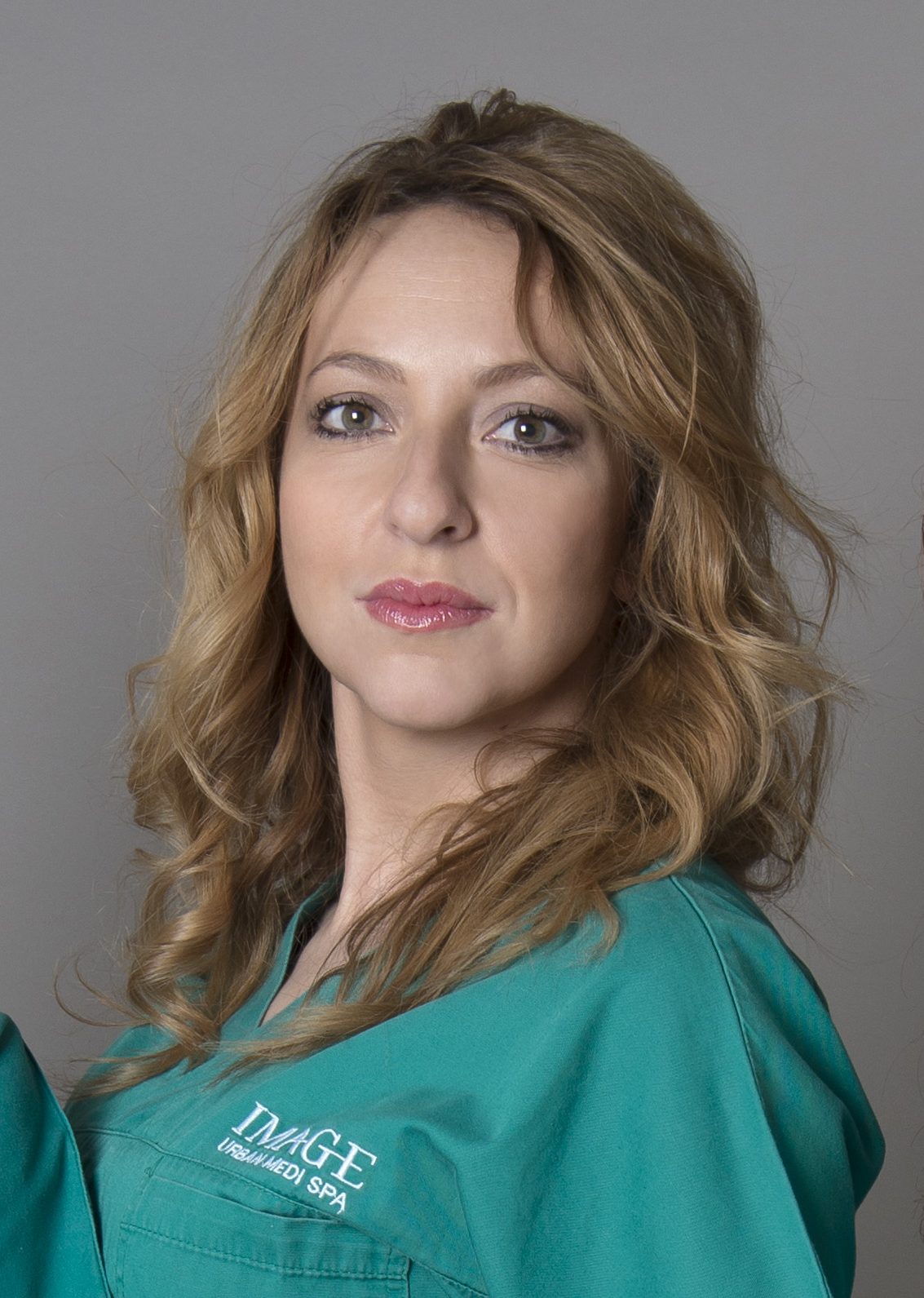About 10% of people with foot pain suffer from this condition, which has been prevalent since the 1800s when Dr. Thomas G. Morton systematically outlined its clinical and pathogenetic characteristics, giving the syndrome his name.
What is Morton's Neuroma?
Morton's Neuroma is one of the most insidious causes of forefoot pain, characterized by electric shock-like sensations radiating to the metatarsal region, toe tingling, and the typical uncomfortable sensation of having a pebble in the shoe. Neuroma is an improper term describing an epineural fibro-cicatricial thickening of an interdigital nerve (responsible for cutaneous sensitivity of the toes) caused by chronic mechanical trauma. The neuroma is located in 80% of cases in the third metatarsal space (between third and fourth toes), where the metatarsal heads and deep metatarsal ligament are more mobile and create continuous friction on the nerve. Women are more frequently affected due to constrained foot positions in high heels with narrow toes, resulting in plantar load imbalance. Other predisposing conditions include hallux valgus, ligamentous laxity, certain sports activities, and rheumatoid arthritis. Diagnosis is primarily clinical (though radiological examinations are often required to exclude other articular and bone pathologies), and traditional therapy has been somewhat uncertain. Treatment ranges from custom orthopedic insoles created after baropodometric examination, NSAIDs, and local anesthetic and corticosteroid injections in early stages, to sclero-alcoholization or surgical intervention in more persistent cases resistant to previous treatments, often without achieving significant benefit, requiring about 30 days of recovery and resulting in residual toe sensitivity deficits.
Lipogems: The Innovative Solution
Lipogems, the technology that optimizes and amplifies tissue repair and regenerative mechanisms through microfragmented adipose tissue transplantation, utilizes the analgesic, anti-inflammatory, and antifibrotic properties of exosomal molecules produced and released by mesenchymal stem cells from adipose tissue to resolve metatarsal pain, restoring adequate ambulatory function and improving quality of life without requiring surgical intervention. The procedure is performed under local anesthesia: after harvesting a minimal amount of adipose tissue from the abdominal region or flanks, it is processed using the Lipogems technique to obtain the minimally manipulated final product, which can be easily injected around the interdigital nerve at the third metatarsal space. The procedure takes approximately 45 minutes and requires no hospitalization.
Clinical results demonstrate that Lipogems treatment provides significant pain relief and improved foot functionality in most treated patients, with effects maintaining over time due to the regenerative properties of the processed adipose tissue.
